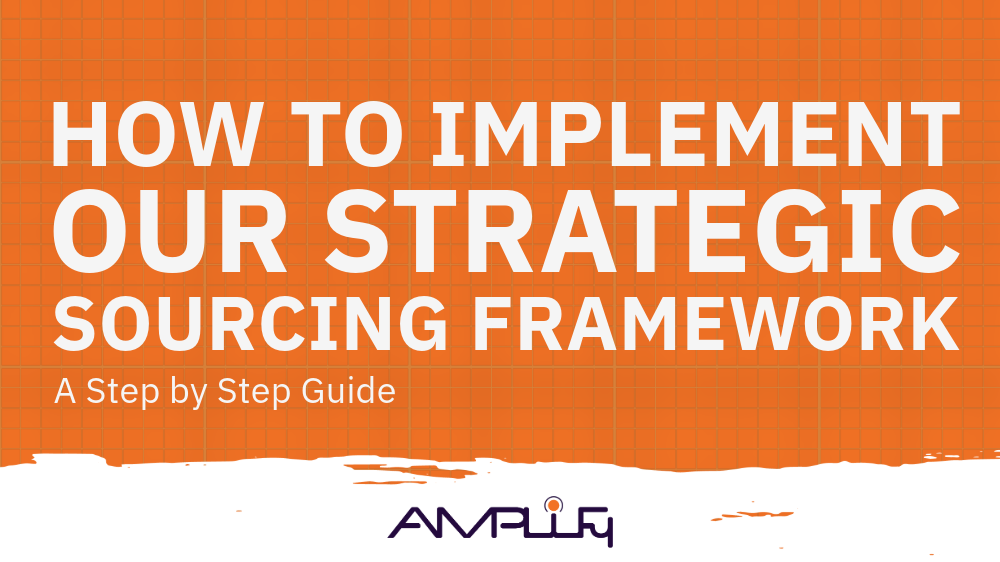Avoiding Information Overload: Five Ways To Keep Up In Times Of Rapid Change
How do I remain current with the rapid changes in technology? My own industry? Information overload??? – Veanda
Information overload is happening at all career levels. Companies restructure, and current staff absorb additional responsibilities, requiring new skills to be learned. Technology changes, and new systems, tools and processes need to be mastered. Markets change, and new strategies or client prospects or industry sectors need to be researched. To be successful in today’s times you need to master not only the skills relevant to your own job, but also the skills of learning , adapting to change quickly, and sustainably dealing with change without burning out. Here are five ways to keep up — to keep your job skills current, to maintain a high level of work quality — despite information overload, rapid technology change, and volatile markets:
Watch on Forbes:
Schedule learning time
Don’t treat learning — whether it’s attending a class or a conference, reading the latest company or industry news, or updating your technology — as something you do when work calms down. Learning is part of your work, and you need to build it into the calendar, or else it won’t get done. This could a half hour every week to catch up on company and industry news — till that reserved half hour, just let the memos pile up and bookmark the blogs and articles that keep you updated on the latest trends. Look up to a year in advance for conferences and/ or company-organized training you want to attend, and block that out in your calendar now. If there is a new system or software you need to learn, schedule time with a friend in IT and also schedule ongoing practice time in your everyday calendar. For tasks that require the updated technology, plan for longer completion time — be realistic so you’re not always playing catch-up.
Prioritize long-term development over reacting to short-term fluctuations
In the Oscar-nominated film, Hidden Figures , Octavia Spencer’s character recognizes that the arrival of large mainframe computers will ultimately put her entire department out of work. She makes learning how to program these new computers her utmost priority, trains her staff how to work the new computers, and in doing this, saves their jobs, plus finally gets a promotion to management for herself. In the beginning of the movie, Spencer is lobbying for a management position, and she could have spent her time continuing that short-term campaign, but instead circumvents the argument entirely with a focus on the bigger changes ahead. This is an excellent example of prioritizing long-term development over reacting to short-term fluctuations. Likewise, you need to look ahead at what the most substantive changes are going to be for your area of expertise, and plan your classes, conferences, and other long-term investments for these changes.
Sign up here to get top career advice delivered straight to your inbox every week.
Use your resume to audit your growth
If you’re not sure where you need to invest, update your resume as a quick audit of where to prioritize your growth efforts. If you don’t have at least one new skill and substantive work result to add to your resume each year, you’re stagnating. The new skill might not be something a standalone technical skill you add to the Skills section but something you add in your job description — for example, you oversaw a cross-functional project, you served a Fortune 500 (or a start-up) client, you presented to the executive team. These experiences which point to qualitative or softer skills are important. That said, if your area of expertise is impacted by required changes to tangible and technical skills, you want these reflected in your resume as well. When I worked with a publishing company in the mid-2000’s, even then you could see the rise of digital over print. Media professionals who readily embraced the digital platforms and learned those skills were much more competitive as these changes increasingly took hold in the industry.
For more career resources, visit SixFigureStart and check out my Forbes e-book, Jump Ship: 10 Steps To Starting A New Career.




